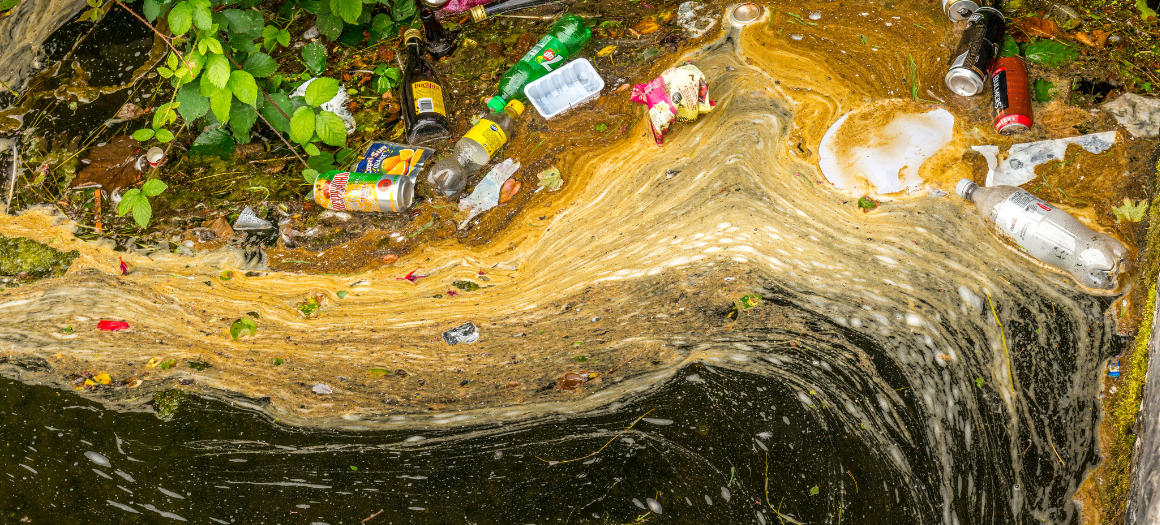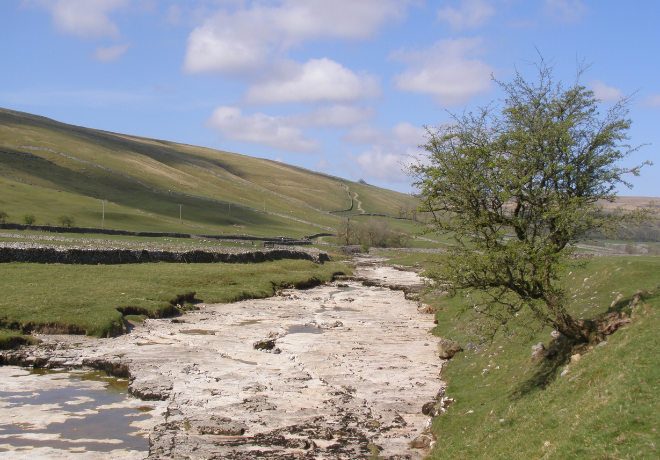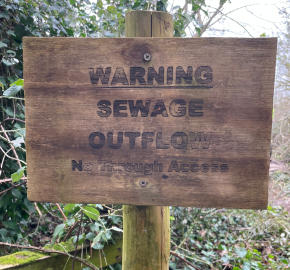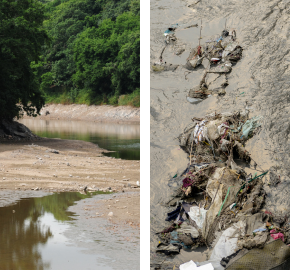New Environment Agency “Chief Regulator” puts business first – what’s at stake?

Each year we produce a cluster of responses to the many consultations and announcements on green issues from the regulators and government.
A few of these consultations and announcements are sensible, some are reactions to criticism from other watchdogs [1]. Many of them seem to rein back on existing environmental safeguards in the name of encouraging economic growth.
The recent release of the Environment Agency’s (EA) “Chief Regulator’s Report” fits into the latter category.
An absurd shift in focus
In January, the EA announced the arrival of a new “Chief Regulator”, whose job will focus on “supporting businesses to meet future challenges while ensuring the protection of people and the environment.” [2]
We had understood that the EA’s duties were specifically to protect and enhance the environment, (as per the Environment Act 1995) but from this announcement, it is clear that the priority is now “supporting business”. Indeed, the “impacts on customers” (those that are regulated) appear to be a priority over protecting the environment, at a time when there is a catastrophic decline in the condition of rivers and coastal waters.
Prioritising economic growth over environmental protection
The enthusiasm for unmitigated economic growth comes at a time when, at WildFish, we are calling for the government to revoke section 108 of the Deregulation Act 2015 (“the Act”) which tells regulators to “have regard to the desirability of promoting economic growth” in their decision making (the “Growth Duty”). [3] This requirement is just a distraction and leads to absurd situations where the regulator is beholden to polluters and abstractors who break the law, rather than doing its job to protect the environment.
Conveniently, the new Chief Regulator arrives in her role just as the Government is calling out for further deregulation to push through development. Our warnings appear to have fallen on deaf ears.
The report (linked here) is renamed from the catchy “Regulating for People, the Environment and Growth (RPEG)” to the more corporate “Chief Regulator’s Report” and contains the usual high-level figures in bold and large font, advertising what appears to be the increasing successes of the EA. It seems clear that the regulator has learnt very little from the recent, excoriating criticism from the Office for Environmental Protection. [4]
Case in point: how abstraction reflects the shift in regulatory priorities
Take the section devoted to abstraction which refers to the amount of water removed from natural sources. The report records how in 2023, there were returns from only 86% of licence holders “required to submit them”. Begging the questions: who are the other 14% of abstractors and is anyone checking their compliance?

Water is abstracted from rivers lakes and streams to meet demand. Over abstraction is the process of taking more water out of a river system than can naturally be replenished.
There were apparently 1,065 “non-compliances” for 761 abstraction licences. That’s a high number of actual licences – and there is little to tell us what that means vis a vis the scale of the volume abstracted.
- 44% of offences were in agriculture.
- 19% were committed by the water industry.
- 170 of these cases (or 16%) were for exceeding volume.
Again, there is no telling as to the seriousness of the breaches or the amount of water taken illegally from rivers.
The report states that: “The natural capacity of some areas for water availability are, or close to, being exceeded.” But the impact is felt worst by businesses as it “risks stifling economic growth” with “nature” further down the line of priorities.
We would expect all environmental offences, including breaches of abstraction licences, to be punished severely and to set an example to deter other offenders. But the evidence shows there is very little enforcement for abstraction licence breaches and only a handful of penalties handed out. [5]
As with the statistics for sewage-related “serious incidents” involving water companies in the report (only 47 in total), the figures only make sense when we have the full details. Unfortunately, the EA down-grades incidents without investigating (see the EA’s “triaging” system) giving the impression that there are fewer incidents to report and improving the performance statistics for both the EA and the polluters.
It appears that the Environment Agency has shifted its priorities further away from restoring and safeguarding our rivers and firmly towards meeting the demands of the “Concrete Chancellor” whose ambitions are to de-regulate and prioritise business over the protection of the environment.
List of references
[1] https://wildfish.org/latest-news/office-for-environmental-protection-upholds-wildfish-complaint/
[2] Environment Agency Chief Regulator’s report 2023-24 – GOV.UK
[3] Environment Agency Report | Wildfish; WildFish set out actions that can be taken right now to reverse the decline of rivers | Wildfish
[4] A review of the Water Framework Directive
[5] Just 17 water abstraction licence breaches punished by regulator in past decade
[6] Ignore reports of low-impact pollution events, Environment Agency tells staff




